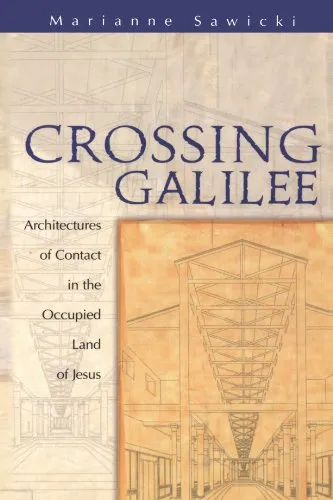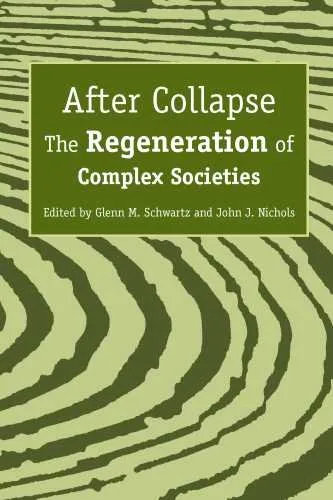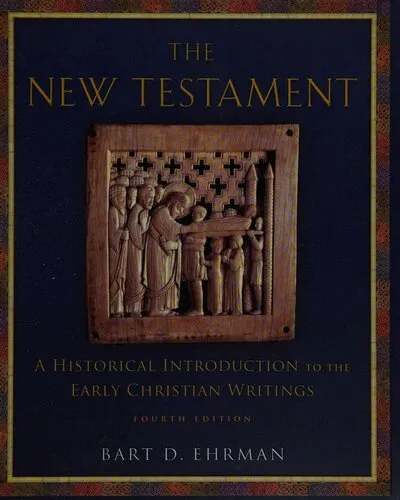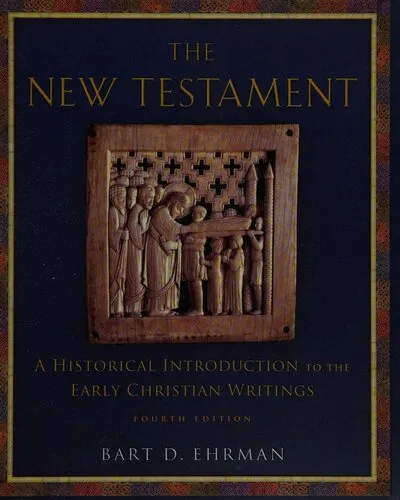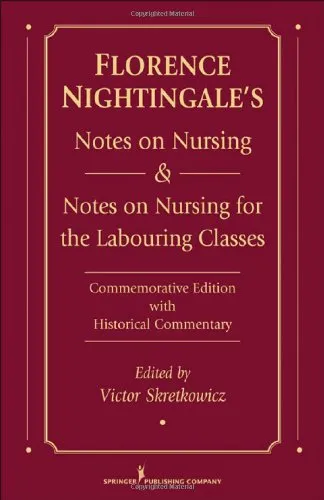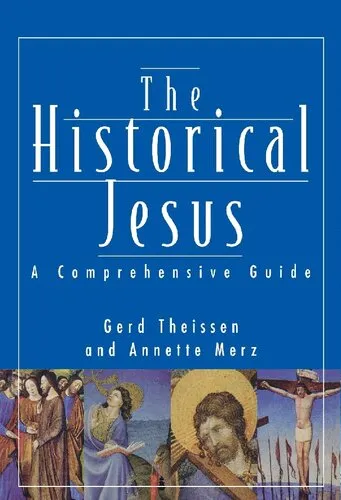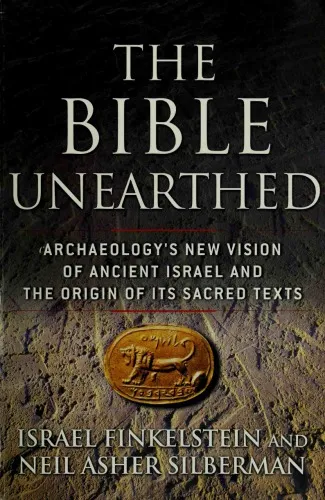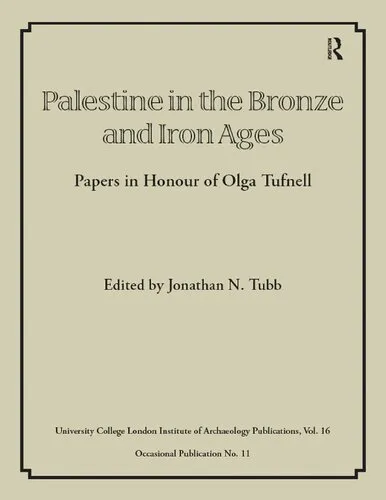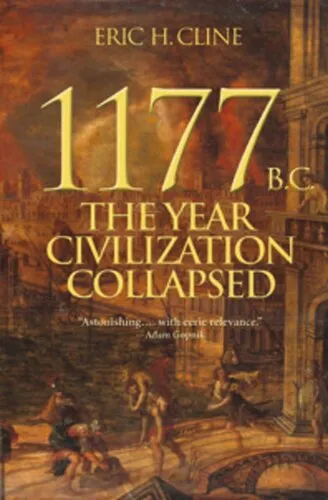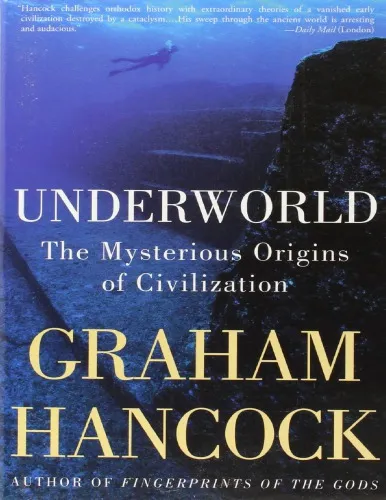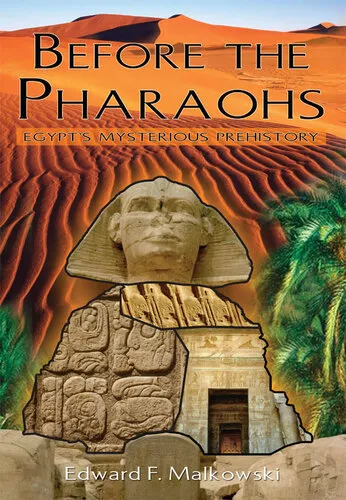The Archaeology of the Holy Land: From the Destruction of Solomon's Temple to the Muslim Conquest
4.5
Reviews from our users

You Can Ask your questions from this book's AI after Login
Each download or ask from book AI costs 2 points. To earn more free points, please visit the Points Guide Page and complete some valuable actions.Related Refrences:
Introduction to The Archaeology of the Holy Land: From the Destruction of Solomon's Temple to the Muslim Conquest
The Holy Land, a region soaked in millennia of history, spirituality, and cultural evolution, offers a profound lens into the ancient world. My book, "The Archaeology of the Holy Land: From the Destruction of Solomon's Temple to the Muslim Conquest," seeks to explore this rich tapestry by delving into the archaeological narratives that unearth the past. This introduction lays the groundwork for understanding the depths and dynamics captured within these pages.
Summary of the Book
Spanning nearly a thousand years, this book provides a scholarly examination of the major archaeological and historical developments in the Holy Land. Beginning with the destruction of Solomon's Temple in 586 BCE, it traverses through the rise and fall of successive empires, cultural exchanges, and religious transformations, culminating in the Muslim conquest of the early 7th century CE. By integrating archaeological evidence with historical sources, the book offers a narrative that is both educational and engaging, setting it apart from simple historical recounts.
This extensive survey introduces readers to key sites and artifacts that have been excavated over the years. Through the investigation of these findings, the book not only reconstructs the region’s turbulent past but also highlights the interactions among the various peoples who have inhabited it. It emphasizes the continuity and changes that define the Holy Land and how these have been influenced by geographic, political, and religious diversity.
Key Takeaways
- The Holy Land is a focal point for understanding ancient civilizations and their interactions over a millennium.
- Archaeological evidence plays a critical role in reconstructing historical narratives and complements written records.
- Cultural and religious transformations in the region are deeply interconnected and reflect broader socio-political changes.
- The work highlights the significance of interdisciplinary approaches in uncovering the complexities of historical events and trends.
Famous Quotes from the Book
Throughout the book, various insights provide depth and perspective on the historical and archaeological narratives:
"Every layer of soil turned in the Holy Land reveals not just artifacts, but the whispers of history that challenge our understanding of the past."
"The stones of Jerusalem, the pottery of Jericho, the scrolls of Qumran – each bears witness to a history that is as much ours as it is theirs."
Why This Book Matters
"The Archaeology of the Holy Land: From the Destruction of Solomon's Temple to the Muslim Conquest" is an essential read for both scholars and enthusiasts interested in the ancient Near East. The book is significant in that it provides a comprehensive, integrative view of the numerous and varied influences that have shaped one of the world's most historically significant regions.
In an era where the past continuously informs the present, understanding the archaeological underpinnings of the Holy Land offers critical insights into current cultural and political landscapes. This book not only serves as a detailed guide through the archaeological journey of the region but also as a reminder of the enduring legacy of the past that continues to impact global civilization.
Free Direct Download
You Can Download this book after Login
Accessing books through legal platforms and public libraries not only supports the rights of authors and publishers but also contributes to the sustainability of reading culture. Before downloading, please take a moment to consider these options.
Find this book on other platforms:
WorldCat helps you find books in libraries worldwide.
See ratings, reviews, and discussions on Goodreads.
Find and buy rare or used books on AbeBooks.
1354
بازدید4.5
امتیاز50
نظر98%
رضایتReviews:
4.5
Based on 0 users review
"کیفیت چاپ عالی بود، خیلی راضیام"
Questions & Answers
Ask questions about this book or help others by answering
No questions yet. Be the first to ask!


